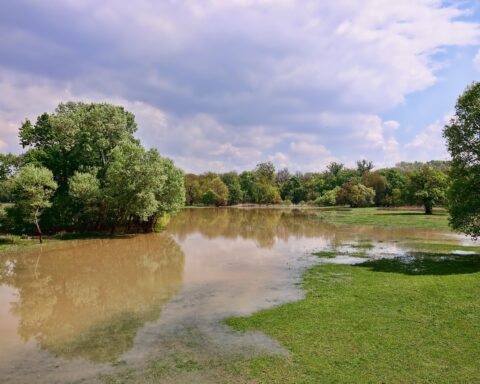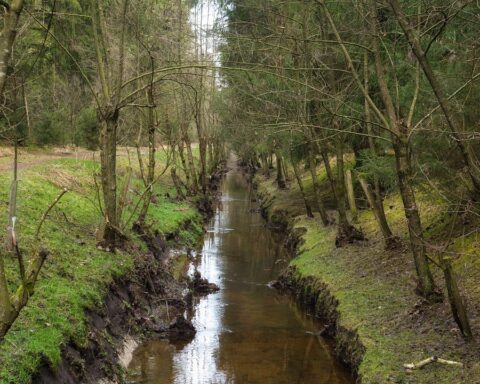A new federal funding program has just been announced. The Department of the Interior will oversee what has been named the WaterSMART Program. It is designed to provide funding for projects that fortify the Western region of the U.S. against drought and climate-related water scarcity. The Bureau of Reclamation initially made $180 million in initial funding available for projects which create new water supplies and advance water recycling and reuse in areas where there are projected water supply shortages. There is no cap on project size which incentivizes large-scale projects.
The initial investment of $180 million is part of a total allocation of $450 million for this new initiative. Programs that are in line to launch soon follow but there are many more launches as funding is allocated in the coming months.
A $38 million project to replace the Youghiogheny Wastewater Treatment Plant in North Huntington, Pennsylvania is in the design stage. The effort will be overseen by the state’s investment authority and city officials. The existing plant, constructed in the 1970s, can no longer handle the necessary demand. The project’s objective will be to deliver a new facility with the capacity to provide 16 million gallons of water daily. Components of the project include a centralized process lift station, facilities for grit removal and a sequencing batch reactor unit to remove biological nutrients. No date for construction has been announced but it follows completion of the design phase – most likely in 2024.
Officials in Idaho have completed a feasibility study for a project focused on the Boise River Basin’s need for new surface water storage options. The study’s recommendation was to construct a six-foot rise to Anderson Ranch Dam. The upcoming $83.3 million project will deliver an additional 29,000 acre-feet of storage space for water. This project is a collaboration between the Bureau of Reclamation and the Idaho Water Resource Board (IWRB), with the two groups partnering to oversee the design phase of the project. Not only will the dam’s crest be raised, but the project also replaces, and/or modifies the spillway’s features, realigns the right abutment approach road and re-establishes traffic across the dam. The final design phase will continue through 2024 with construction slated for 2025.
The city of Chattanooga, Tennessee plans to soon launch a project to convert wastewater into energy. The process will convert waste products into energy systems by using the use of organic solids in the wastewater. This type of energy conversion, known as anaerobic digestion, produces methane gas which is then used to power on-site operations and be sold as a natural gas substitute. Another part of the plan is to add stainless steel tanks for the thermal hydrolysis process. The tanks become highly pressurized and then break down wastewater sludge. The conversion plant will be located at the Moccasin Bend Environmental Campus, also known as the Moccasin Bend Wastewater Treatment Plant. A cost projection for the project has been estimated somewhere between $130 million and $150 million.
A $22 million pipeline project is being designed to connect two water treatment plants in Greeley, Colorado. The objective will be to deliver a method that allows treated water to flow in either direction between the two plants. It will create more flexibility and resiliency in the area’s water system by allowing each plant to rely on the other in case of outages or emergencies. The pipeline will stretch for 2.8 miles and provides a flow capacity of 50 million gallons per day. Bids for construction services will be issued at the end of 2023 and a construction start is planned for 2024.
The city of Seguin, Texas received $37.8 million in grants from the state’s General Land Office which shall be applied to water initiatives in different locations. One designated project is slated for Walnut Branch where drainage improvements and expanded detention ponds will be constructed. Another designated area is North Heideke Street, located in the northern part of downtown Seguin, where an underground stormwater conveyance system will be constructed. The new system will offset stormwater by pushing runoff to an underground conveyance system to increase the city’s storm drainage network to 6,700 feet. In Mays Creek, three culverts in south central Seguin will be replaced, and one will be expanded to the size of 5,650 feet. Builders will add a new driveway to protect residents by creating ingress and egress points and two separate places for water to enter and exit during a flood. The final effort will occur near North Guadalupe Street where a regional detention basin will undergo upgrades and a storm drain system will also be constructed.
Companies with water solutions, technology, engineering, and construction services will be in high demand as America’s water needs are addressed.










